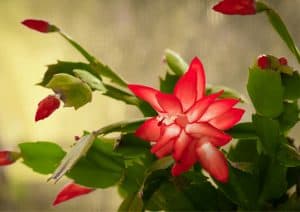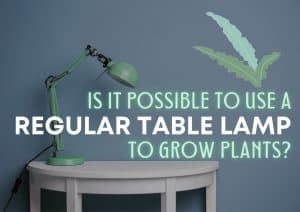7 Best Plants For A Dark Office (With No Natural Light)
- Lakeisha Ethans
- March 1, 2022
If you buy something using the retail links in our articles, sometimes we earn a small affiliate commission. This does not impact the products we recommend.
Most plants require a good amount of natural light to thrive. Some won’t even be able to live without a constant stream of sunshine. This can make finding purely indoor plants a bit of a challenge, especially when you know your environment is especially dark with no access to natural light sources.
Luckily, there are several broad-leafed plants from tropical regions that have the biology necessary for a low-light environment as is so commonly found in dedicated office spaces.
In this article, we’ll run over 7 houseplants that are ideal to bring some life into dull workspaces.
1. Chinese Evergreen
Chinese Evergreens, scientifically known as Aglaonema, are native to subtropical climates. It’s a great starter plant and requires virtually no sunlight at all. In fact, experts show that the plant has to be vehemently kept away from excessive amounts of sunlight. Direct exposure can lead to scorched leaves!
The exact amount of sunlight that a Chinese Evergreen needs depends on its specific leaf colors. The darker the leaves, the less light it requires, so opt for them over the lighter varieties. These are often older plants, which also can grow flowers.
Chinese Evergreens are also great for filtering the air, which is great for enclosed spaces. The one downside to them, for offices, is that they can’t thrive in cold temperatures, so a dark office with blustering AC may not be an ideal environment for them.
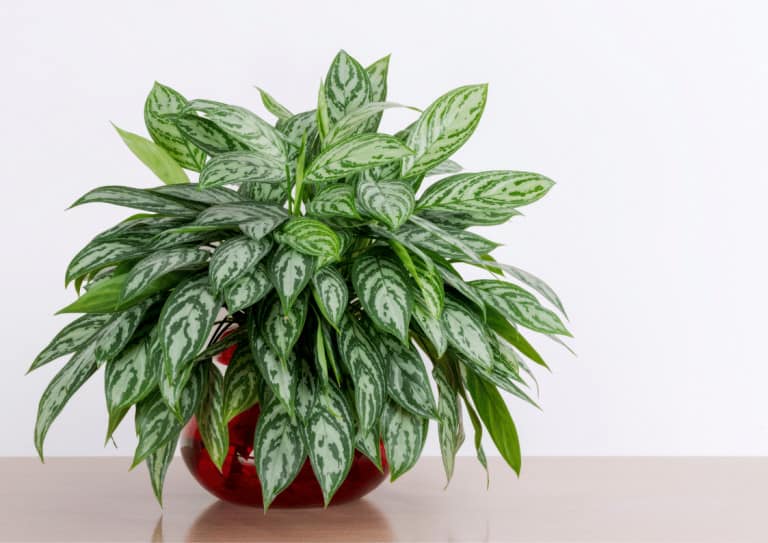
2. Prayer Plant
Also called the Maranta leuconeura, Prayer Plants are native to rainforest environments in temperate locations. They can’t survive well in direct sunlight and need only indirect light to grow. In fact, direct sun exposure will cause them to lose their beautiful variegation!
Prayer Plants can tolerate low light well enough, but indirect light is your best bet. You’ll be able to tell if your plant isn’t getting enough light based on the color and state of its leaves. Light, fading colors indicate a need for brighter light, and insufficient light will prevent the plant from opening its leaves in the morning.
These plants like relatively cool temperatures, and in heat levels above room temperature, need regular spritzing. This is because of their preference for high humidity, as is common in their native homes!
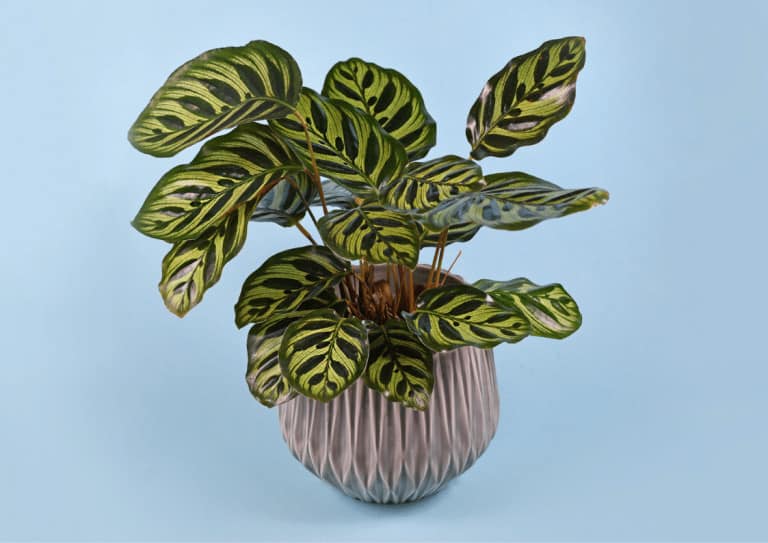
3. Snake Plant
Snake Plants, scientifically named Sansevieria trifasciata, are famous for being very difficult to kill. Also called “Mother-In-Law’s Tongue”, this plant is known as an ornamental plant and is often kept indoors in areas with cool climates. They’re very popular among first-time plant owners, too.
Snake Plants are great for low light environments and mostly enjoy indirect light. As a succulent, Snake Plants are low-maintenance, easy plants and only need to be watered every three or so weeks, which makes them convenient for an office.
On top of all of that, Snake Plants filter indoor air, removing 4 of 5 of the toxins that are usually found in sick building syndrome. If the air in your workspace tends to feel stuffy, these plants might be able to help with that.
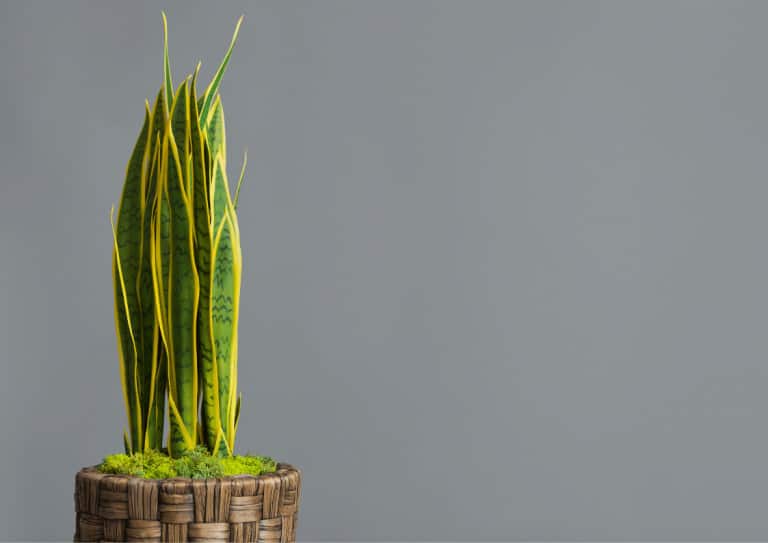
4. ZZ Plants
ZZ Plants, or Zamioculcas zamiifolia, are extremely hardy and resilient plants that are very difficult to kill. If you’ve never had a plant before, this is a great one to start with. They have beautiful shiny leaves and live well in most livable temperatures above 59°F.
These plants flourish in bright but indirect light, yet they’re also capable of living in low light. Better yet, they can still live in areas with limited fluorescent lights or completely no natural light at all. If anything, they don’t do well with direct light and will only barely tolerate a little sun. Their leaves will begin to curl and turn yellow if they face excessive light.
Amazingly, ZZ plants can go ignored for a sustained period of time without suffering. If you’re out of the office for a vacation, your plant will still be there waiting for you, alive and well, when you return!
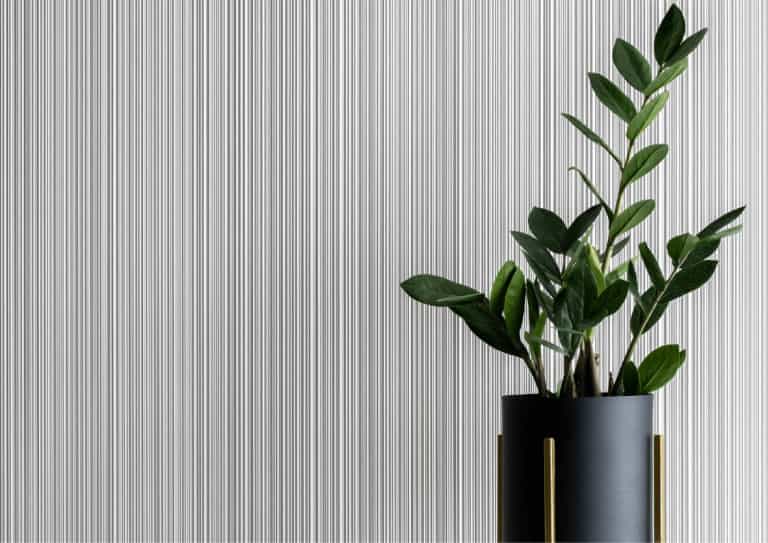
5. Philodendron
Philodendrons are pretty popular at the moment as indoor plants (especially the much sought after variegated pink princess) and that’s for good reason. They love shady areas and survive well in lower light conditions, more so than many other types of plants. They do prefer some degree of indirect bright light, but they’ll live fine in dark environments too.
The rich, iconic leaves of the Philodendrons have a distinct, lively appearance (case in point being the Pink Congo). They only need minimal care and come in many different sizes and unique species to spruce up an office. Better yet, in an indoor environment, they love low temperatures, so the AC of an office can lean into that!
Worried that a Philodendron isn’t getting enough light? Check their stems. If the stems become skinnier and longer with large gaps between each leaf, they need more brightness!
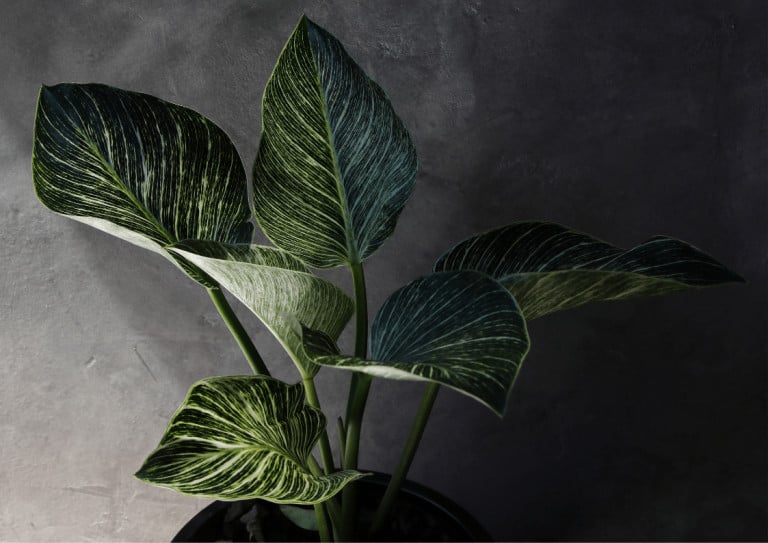
6. Moth Orchid
A Moth Orchid is any orchid within the Phalaenopsis species of flora. They’re notably hardy in comparison with other more fragile orchid species, which makes them good starters for first-time orchid owners. They’re a great way to add a bright pop of color to an office, especially since many flowering plants tend to struggle in indoor spaces.
Moth Orchids don’t like direct sunlight, preferring temperate environments and low light conditions. Though they prefer low humidity and higher temperatures, most can adapt well to common office conditions if you care for them well.
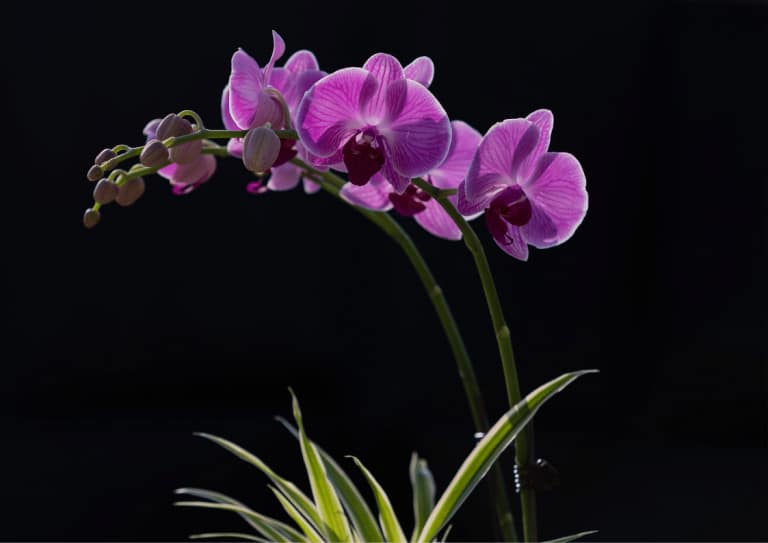
7. Cast Iron Plant
The Cast Iron Plant, scientifically called the Aspidistra elatior, is so named due to its extremely hardy nature. Native to Japan and Taiwan, it’s capable of surviving many different conditions, including neglect. So if you won’t be in your office often, this may be a good choice for you. It’s also good for new plant owners.
Cast Iron Plants enjoy low-light environments. They live best without direct sunlight, as too much bright light can bleach, brown, or scorch their leaves. These plants grow very slowly, but their survivability more than makes up for that. They can withstand fluctuating humidities, watering frequencies, and temperatures!
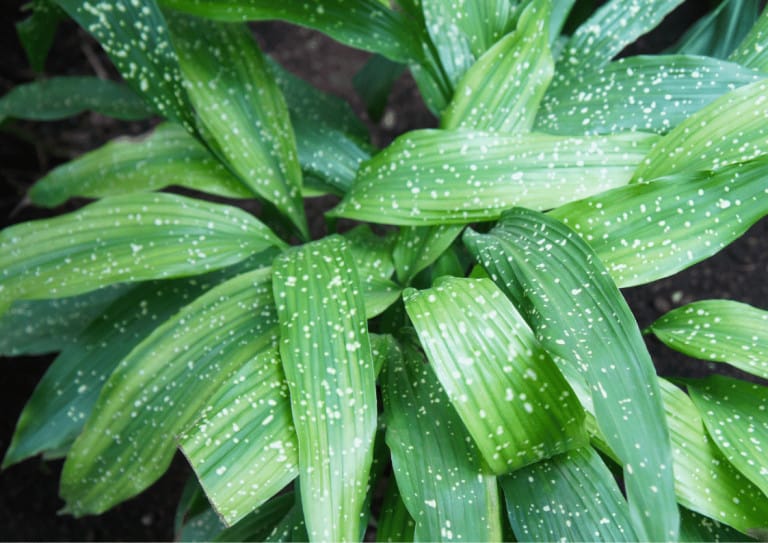
Take home message
Dark offices without natural light can pose some difficulty for those who want a little green in their indoor environment. The good news is that there are some plants suited for low light conditions. They’re a great way to bring multiple benefits to an otherwise dull or monotonous spaces!

Lakeisha Ethans
Houseplant Writer
Mother to two humans and hundreds of plant babies. Lakeisha uses her 15 years of experience as a content writer to specialise in simplifying what you need to know to grow and care for all indoor plants.
Similar Posts
Do Christmas Cactus Flowers Change Colors?
One year, your Christmas cactus flowers are yellow, but the next, they've turned pink. Why does this happen and is it a cause for concern?
Is It Possible To Use A Regular Table Lamp To Grow Plants?
If you are living in an apartment that has little or not access to natural light does that mean you should just forget about trying to grow houseplants?

